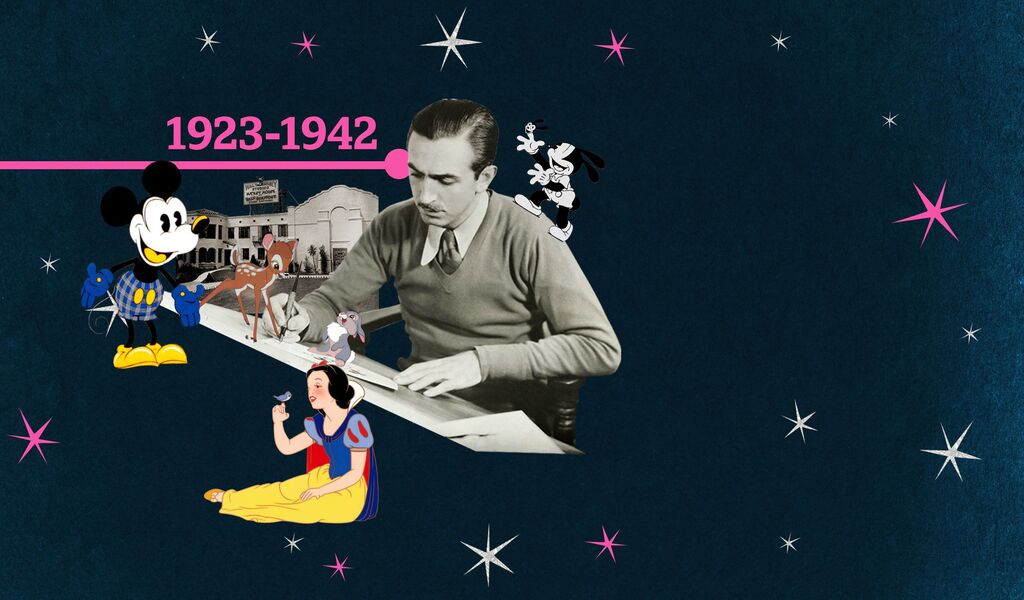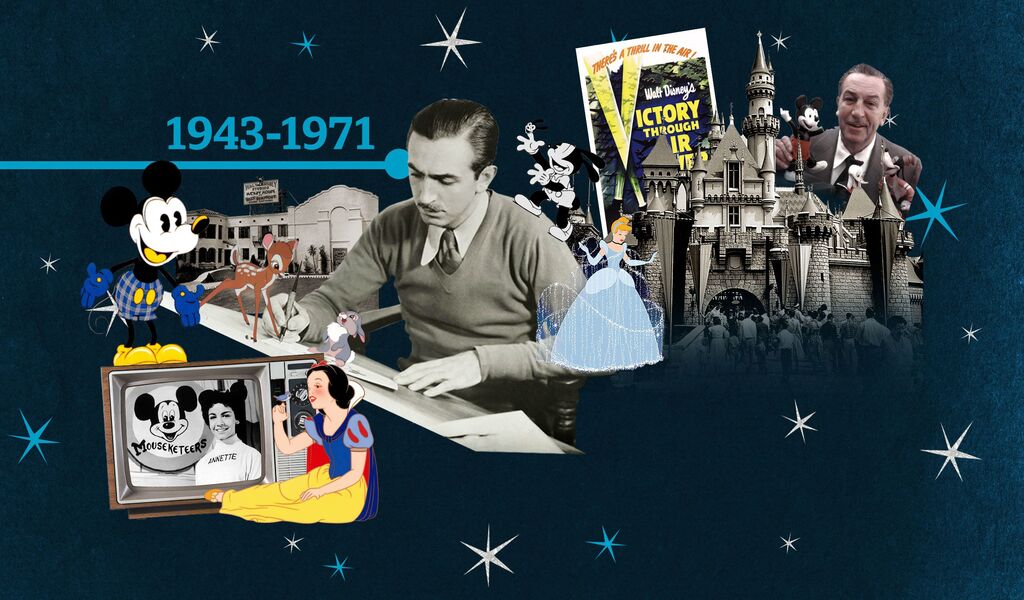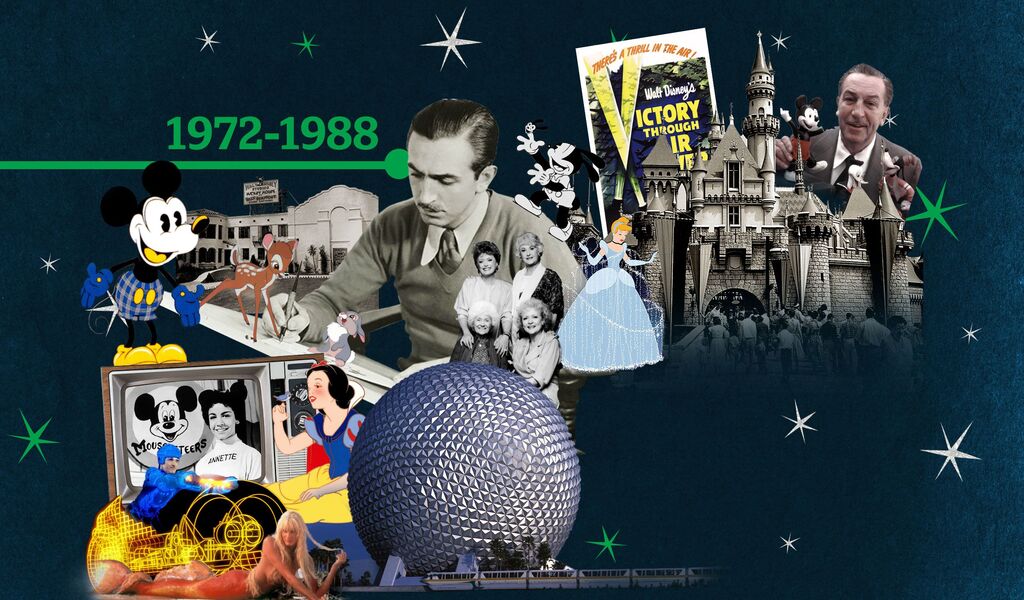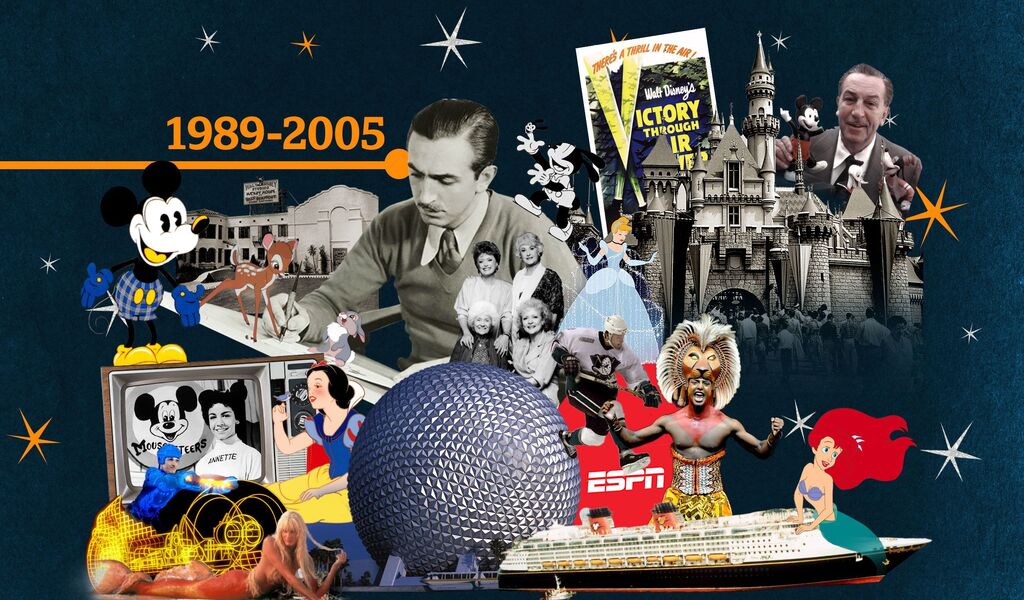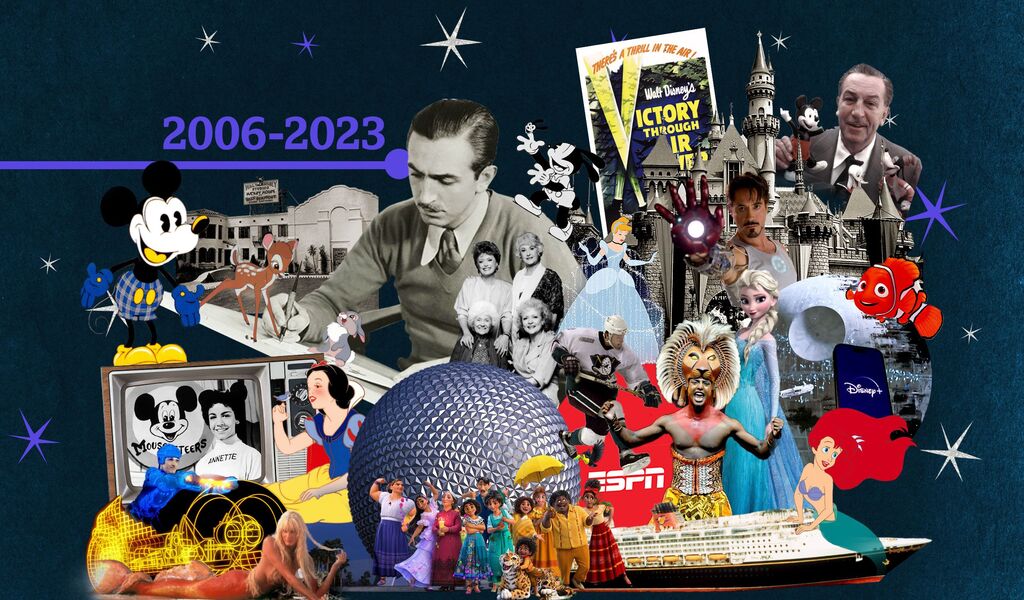Entertainment
Disney’s Century Of Magic: How Disney Took Over And Reshaped Entertainment
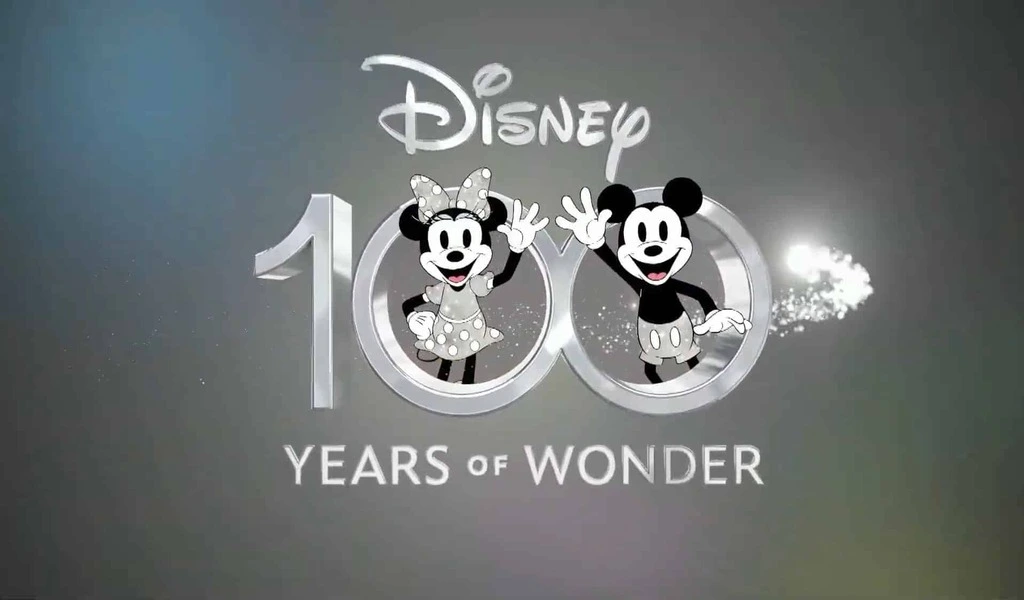
(CTN NEWS) – The Disney brand has permeated almost every facet of modern entertainment and culture.
The company, which began in a humble Hollywood garage, has grown into a cultural kingdom over the course of a century.
Its expansion is akin to the intricate process of creating an animated cartoon, where details are meticulously layered upon one another.
Disney’s evolution extended beyond animation to encompass comic books, live-action films, radio shows, amusement parks, cruise liners, TV channels, sports teams, Broadway productions, computer games, and streaming services.
The House of Mouse’s growth was gradual, marked by the accumulation of these diverse elements. As a result, Disney is now omnipresent in the world of entertainment and a prominent part of our daily lives.
Laying The Foundations
Walt Disney’s journey began with a mouse, but more precisely, it started with a humble house. In 1923, a 21-year-old Walter Elias Disney relocated to Los Angeles to be closer to his elder brother Roy and to create animated shorts from his uncle’s Hollywood residence.
Before turning 22, Walt convinced his brother Roy to join him in establishing an animation studio, which they officially founded on October 16, 1923.
This venture was named the Disney Brothers Cartoon Studio and would ultimately bring both of them immense wealth.
However, success didn’t come overnight. It wasn’t until the release of “Steamboat Willie” in 1928 that Disney achieved his first major hit.
This animated short was groundbreaking as one of the first films to incorporate synchronized sound. It featured a character who would become iconic and beloved: Mickey Mouse.
Mickey was described as “an icon of generosity and good spirits” by Disney expert Dr. Todd James Pierce. Following Mickey’s creation, he became a global symbol of childhood.
A decade later, the Disney brothers reached another major milestone with “Snow White and the Seven Dwarfs.” This full-length animated feature was one of the world’s first color films and became the highest-grossing movie of its time upon its 1938 release.
Subsequently, Disney brought to life European fairy tales with films like “Pinocchio” and “Fantasia,” which introduced innovative technology like “Fantasound,” an early stereo system.
With a perpetual quest for the next big breakthrough and the addition of comic books to the Disney media repertoire, Walt Disney’s interest in animation began to wane by the 1940s.
He was increasingly drawn to the prospect of becoming a live-action director. Disney’s journey was marked by an unceasing pursuit of innovation and expansion into new domains of entertainment.
The Happiest Place On Earth
During the Second World War, Disney’s staff and studios were requisitioned for military purposes, leading to the production of a series of now-controversial animations, live-action movies, and propaganda films.
Some of these works featured racist caricatures, a reflection of the times.
The year 1950 marked the release of “Cinderella,” Disney’s first animated feature in eight years. By this time, Walt Disney was increasingly delegating animation work to the company’s senior artists, often referred to as the “Nine Old Men.”
He had become engrossed in making live-action films and laying the groundwork for his next major project in Anaheim, south-east Los Angeles.
The dream of Disneyland had been with Walt Disney since he watched his daughters enjoy a carousel in Los Angeles’ Griffith Park.
Sitting on a bench as he observed, he envisioned a place where “parents and children could have fun together.”
Lacking funds to construct the park, Disney sold his family home and struck a deal with the ABC television network for a series called “Disneyland” in 1954, which showcased life within the park as it was being developed.
With this move, Disney transitioned from the big screen to the small screen.
The TV show was a resounding success and gave rise to the “Mickey Mouse Club” several months later. However, the opening day of Disneyland in mid-July 1955 was a chaotic affair.
Tens of thousands of people swarmed to the park in sweltering heat, with many holding counterfeit tickets. Rides broke down, plumbing failed, roads and restaurants were overwhelmed, and high heels reportedly sank into fresh asphalt.
Nonetheless, the live broadcast of the opening reached 90 million viewers across the United States. The park ultimately doubled Disney’s earnings for the year.
By 1959, Walt Disney was searching for a larger location, one that could house his vision of a futuristic city – a utopia where citizens would commute via monorail, and Disney engineers would upgrade your kitchen appliances to newer models while you were at work. Of course, there would also be a theme park.
The Walt Disney Company secured 27,000 acres of land in Florida, an area slightly larger than Paris.
Development of the Florida property took over a decade before Walt Disney World finally opened.
However, Walt Disney did not live to see his vision come to fruition.
In 1966, at the age of 65, Walt Disney succumbed to lung cancer. His older brother Roy, already 73, postponed his retirement to ensure that Disney World was completed in his brother’s honor.
Roy Disney retired the day after the park’s opening in October 1971 and passed away just two months later.
Despite the passing of the Disney brothers, Disney films and television continued to dominate the entertainment landscape.
The company had established theme parks on both US coasts, and there were even greater accomplishments on the horizon.
Disney’s Dark Ages
During this period, Disney’s animation department faced a decline, with the staff dwindling from 500 to just 125 individuals.
The legendary Nine Old Men, who were reaching retirement age, were seen as obstacles to younger, more experienced animators.
Many of these promising younger animators left the company for rival studios or started their own ventures.
Company executives shifted their focus from animation to live-action films, viewing the latter as the future of the business.
Half of the leadership remained committed to traditional animation, while new CEO Ron Miller was determined to adopt a more contemporary and edgier approach to filmmaking.
This period in Disney’s history has been referred to by fans as the “dark ages” of Disney animation.
Meanwhile, other branches of the Disney empire were experiencing significant growth.
Mickey Mouse, already popular in Japan, featured in one of the earliest handheld gaming consoles, a version of Nintendo’s LCD Game & Watch device, in 1981.
Walt’s vision of a “City of Tomorrow” was realized in 1982 with the opening of the Experimental Prototype Community of Tomorrow, or Epcot, at Disney World. At the time, it was the largest construction project on the planet.
However, the version that opened was more science-focused theme park than the bustling metropolis Walt had originally imagined.
In 1983, Disneyland Japan became the first Disney park located outside the United States when it opened in Tokyo.
That same year, Walt Disney Television began its first broadcasts, and the Disney Channel was launched.
In 1984, CEO Ron Miller established Touchstone Pictures as a subsidiary of Disney, focusing on producing content for adults.
The studio’s first film, “Splash,” starring Tom Hanks and Daryl Hannah, was a major success.
Touchstone was also responsible for the hit TV sitcom “The Golden Girls” in 1985, which ran for seven seasons and spawned spin-offs, international remakes, restaurants, and stage shows.
Despite these successes in other areas, Disney’s animation division was struggling, culminating in the release of “The Black Cauldron” in 1985.
This film was the most expensive animated production of its time and is remembered as a box office flop that cost Disney millions. The company had to reevaluate its approach to animation.
From Broadway To The Bahamas
Disney’s revival came with the leadership of new CEO Michael Eisner. He brought a Broadway-musical style and embraced computer technology to reinvigorate the company’s animated films.
“The Little Mermaid” marked the beginning of this Disney renaissance, winning Oscars for its songs and score. It was Disney’s first Academy Award for a full-length animated feature since “Dumbo” in 1942, nearly 50 years prior.
The same creative team went on to achieve similar success with films like “Beauty and the Beast,” “Aladdin,” “The Lion King,” “Pocahontas,” and “Tarzan” over the next decade. These films, with their memorable musical numbers, were adapted into hit Broadway musicals.
Disney expanded into the world of sports as well. The company founded the Mighty Ducks ice hockey team in 1993, following the success of the “Mighty Ducks” film franchise. In 1996, Disney acquired the sports TV network ESPN as part of a larger takeover of TV network ABC. The company also purchased the California Angels baseball team in 1997.
Disneyland Paris joined the list of Disney parks in 1992, but it faced controversy with accusations of “cultural imperialism” from public figures and intellectuals in France.
It took three years, a name change, and the decision to serve wine at some park restaurants before Disneyland Paris turned a profit.
Throughout these developments, Disney always kept an eye on the future. In collaboration with Pixar in the late 1980s, Disney developed new technology that powered the production of every animated Disney feature in the 1990s.
After the success of Pixar’s “Toy Story” in 1995, the two companies entered a 10-year partnership to share the costs and profits of Pixar’s films.
As Pixar’s success grew and Disney’s traditional animated features faltered, Disney acquired more companies. Disney entered the Internet era with the purchase of the search engine Infoseek in 1998 and launched its web portal called Go.com.
Unable to secure agreements with established cruise lines, Disney decided to build its own cruise ships and acquired a private island in the Bahamas.
However, as the 21st century began, Disney was operating at a loss. The sports teams were sold, along with the global chain of Disney Stores. While Pixar won Oscars for its innovative computer-animated films, Disney’s traditionally-animated features were met with disappointment.
Spin-offs and sequels of beloved Disney stories went straight to video or DVD, prompting a period of reflection and reinvention for the company.
If You Can’t Beat ’em, Buy ’em
Despite some losses in various areas, Disney recognized the potential of Pixar. Once the distribution deal had run its course, new CEO Bob Iger quickly brought the studio behind “Finding Nemo” under the expanding Disney umbrella.
Disney had already acquired beloved characters like Kermit, Miss Piggy, and the Muppets from Jim Henson when the Pixar deal was completed in 2006, marking a new era in Disney’s presence in TV and film entertainment.
This era was characterized by Disney’s strategy of acquiring competition.
After Pixar, Disney acquired Marvel in 2009 for $4 billion, gaining access to the extensive library of popular comic books and Hollywood movies.
Three years later, Disney purchased Lucasfilm, founded by Star Wars creator George Lucas, bringing the entire Star Wars franchise under Disney’s control.
This acquisition also included the Indiana Jones films and subsidiary graphics and video game companies.
The next decade brought a fresh approach to cultural representation in Disney’s films. Jennifer Lee, who won an Oscar for “Frozen,” became the chief creative officer of the animation studio.
Unlike the preceding 90 years of Disney animations, which mainly focused on European folk tales or animal stories, this new wave explored cultures in Hawaii, South America, New Orleans, and Southeast Asia. This shift was not only artistically successful but also highly profitable.
In 2019, Disney made one of the most significant corporate acquisitions of modern times by purchasing 21st Century Fox from media mogul Rupert Murdoch for more than $70 billion. Even Homer Simpson became a Disney character.
When Disney+ launched later that year, it offered a vast library of films and TV shows from Disney, Marvel, Pixar, Star Wars, and National Geographic available on-demand. The service quickly gained 10 million subscribers within a day.
One hundred years after its founding in a small backroom office in Hollywood, Disney has a physical presence in 30 countries, and its channels reach 100 more.
Disney’s influence has expanded far beyond a single house and a mouse, and it now truly reigns as a global entertainment kingdom.
MORE RELATED NEWS:
What To Watch This Weekend: Best TV Series & Movies [Oct 13th – Oct 15th]
Best Buy To Cease Selling Physical Media, Including Video Games And Blu-Rays In 2024
Renowned British Filmmaker ‘Terence Davies’ Passes Away At 77

